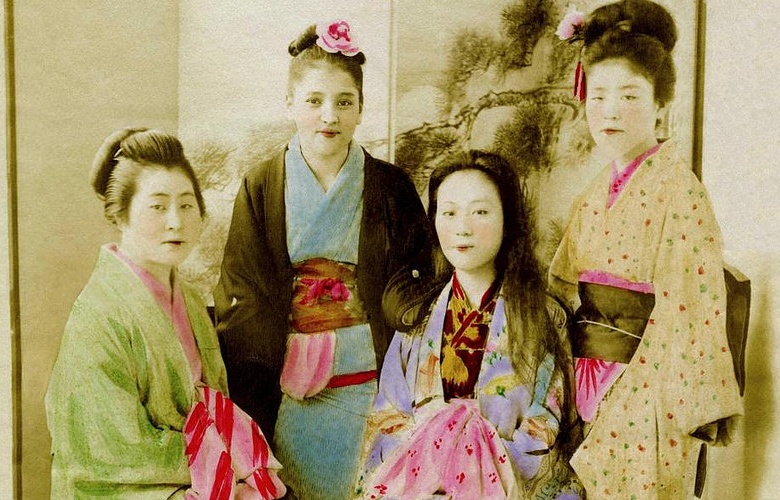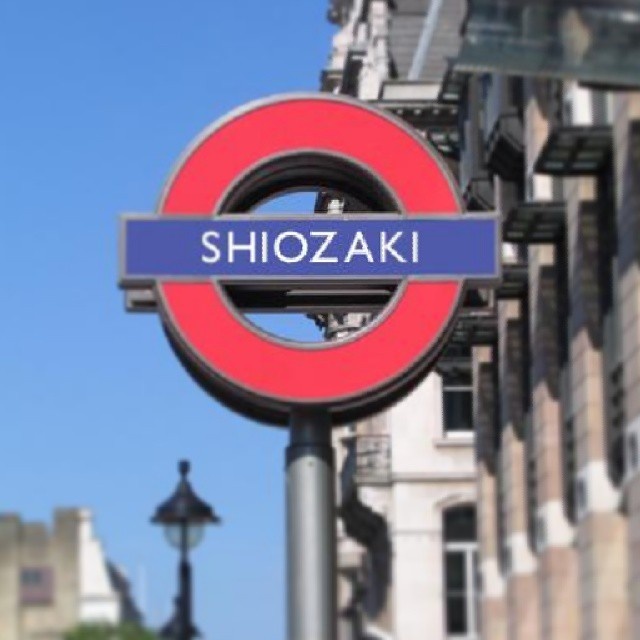When to Wear a Kimono
The kimono is a very symbolic piece of fashion of Japan. Even though they've been around for a few centuries, they're still culturally important. Do Japanese people wear them everyday? No. Kimono have become considered formal dress, seen mostly on certain occasions. If you're a kimono lover, please pay attention to the following days!
By Thomas ShiozakiShichi-Go-San (7-5-3)
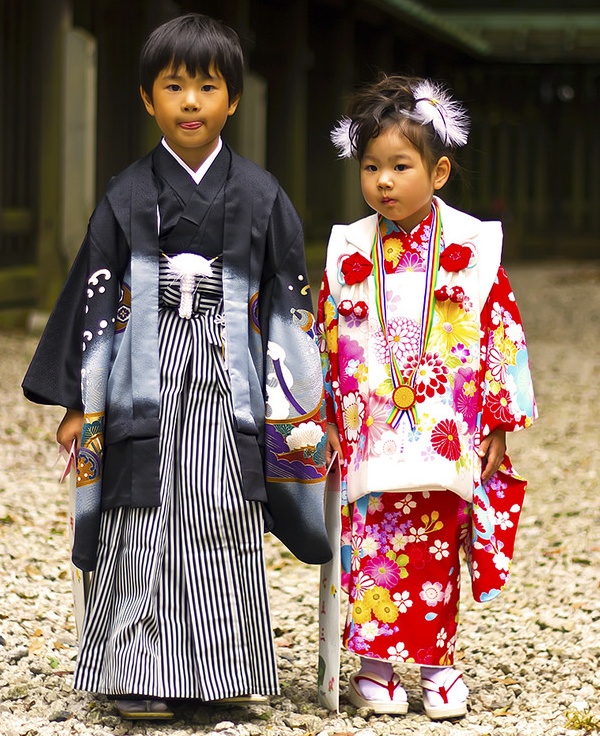
https://www.flickr.com/photos/einharch/5208447194
Shichi-Go-San is a Shinto tradition that occurs every November 15. Kids aged three (boys and girls), five (boys only) and seven (girls only) go to the nearest shrine to pray for their growth and good health. Kids usually dress in kimono for their first time on this day, a very popular occasion for parents to get professional pictures taken of their children to mark the milestone.
Seijin-shiki (Coming of Age Ceremonies)
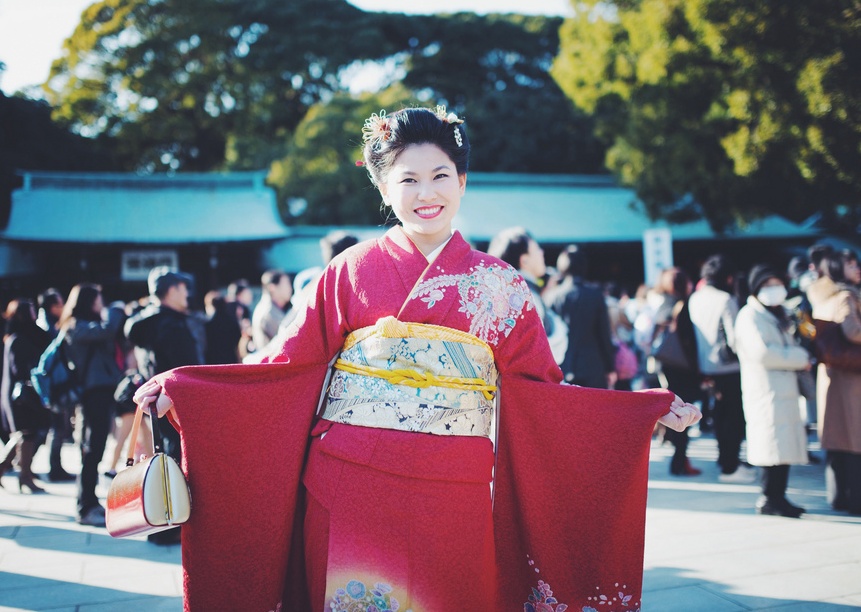
https://www.flickr.com/photos/shirouma/11927990264
Seijin-shiki (成人式) are ceremonies held every second Monday of January, also know as Seijin no Hi, or Coming of Age Day (seijin means adult and shiki means ceremony). This occasion is to welcome young adults—who turned 20 between April 2 of the past year and April 1 of the current year—to adulthood. All the new seijin head back to their hometowns to celebrate with childhood friends. On that day you can definitely expect to see myriad kimono across Japan.
Sotsugyo-shiki (University Graduation)
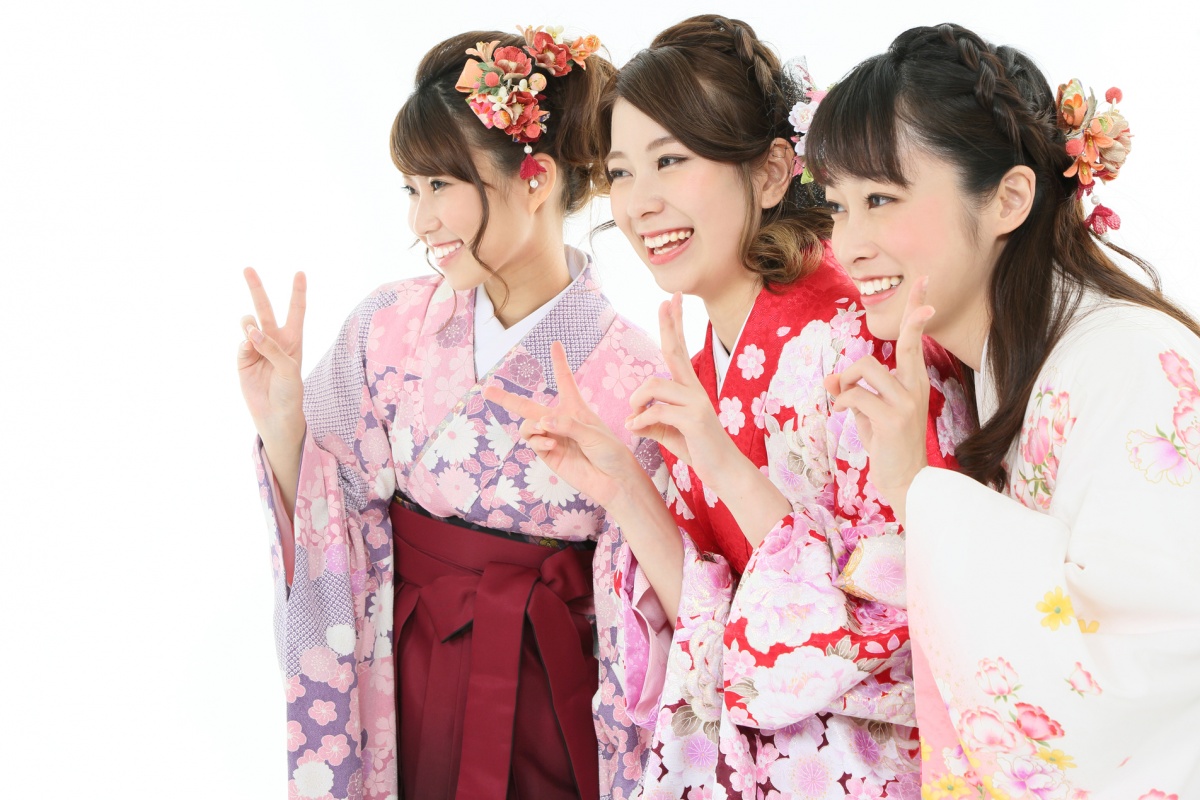
Girls tend to keep traditional clothing on-hand just for formal occasions (though fewer and fewer guys are following suit), and sotsugyo-shiki (卒業式) is one such event. After several years of wearing pallid school uniforms, this is a good chance to show off some color! During university graduation ceremonies, you can see almost every girl in a kimono—while guys generally wear suits. You can see several different styles and colors of kimono at graduations, instead of just red ones overwhelmingly worn in seijin-shiki. It's another great opportunity to take many nice pictures in a kimono!
Kekkon-shiki (Wedding)
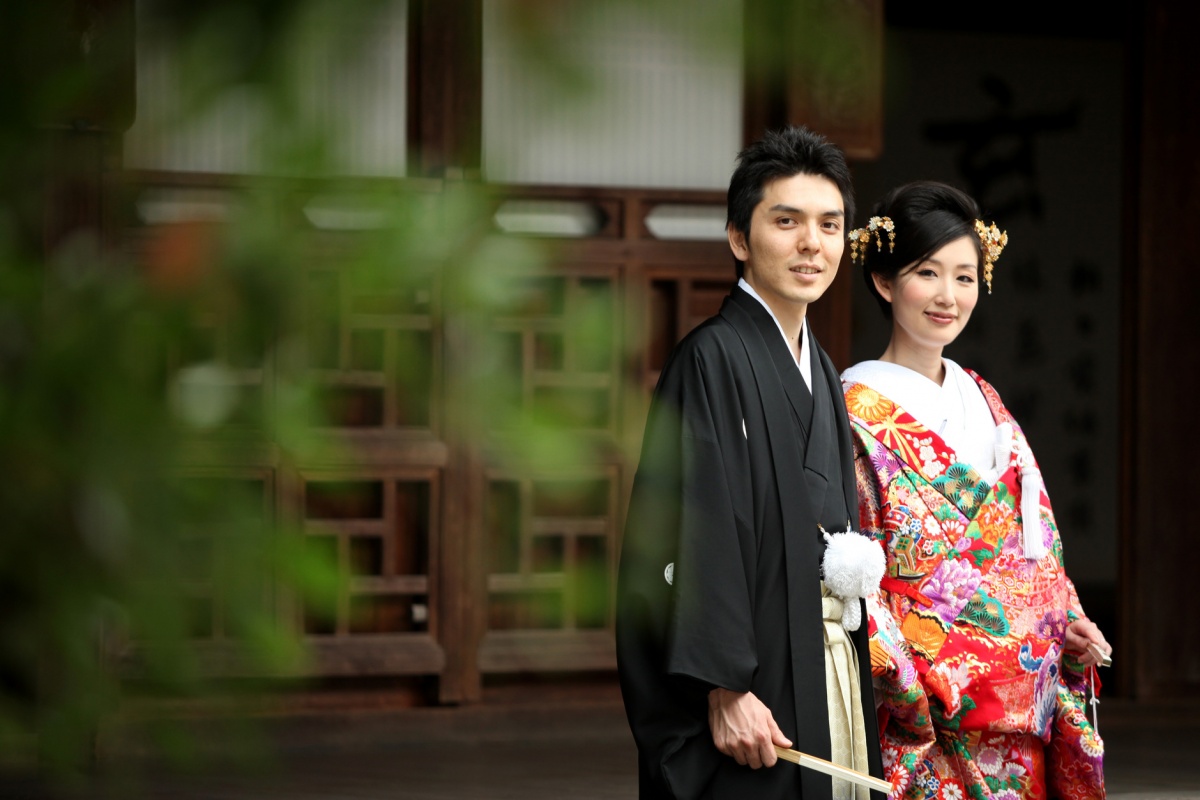
Another occasion you'll see many kimono is during a kekkon-shiki (結婚式, wedding). If the couple decides to have a traditional Japanese wedding, the groom usually wears a black kimono while the bride has two outfits—one is completely white (to symbolize purity), the other features a red uchikake (打掛, bridal kimono coat). Some female guests may also dress in kimono, but understandably their kimono should be more subtle, not taking any attention away from the bride.


